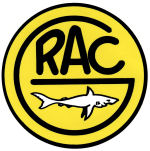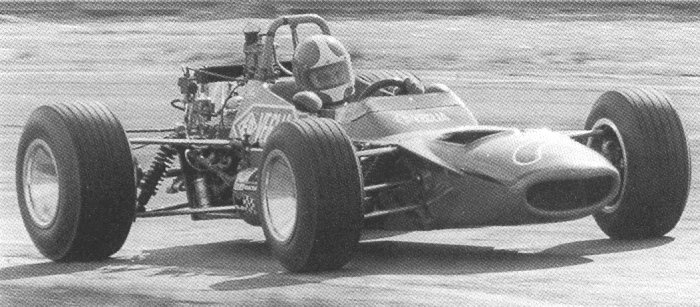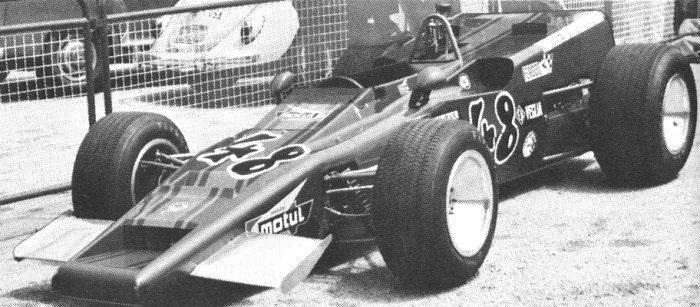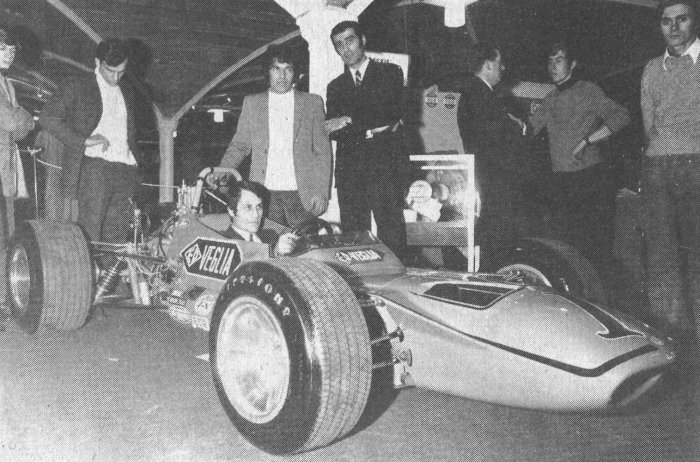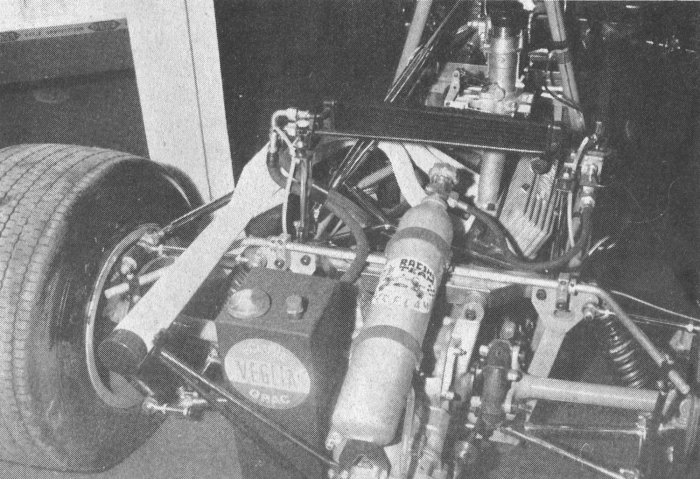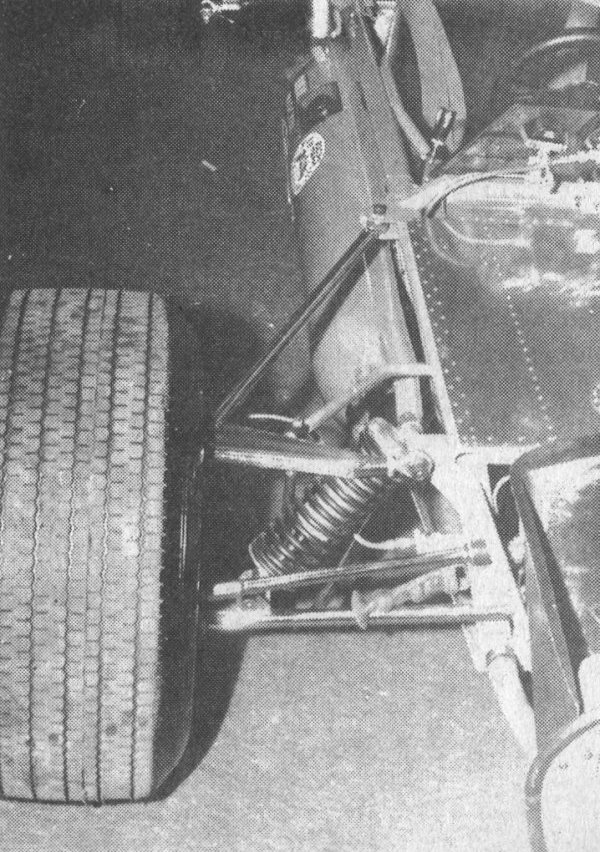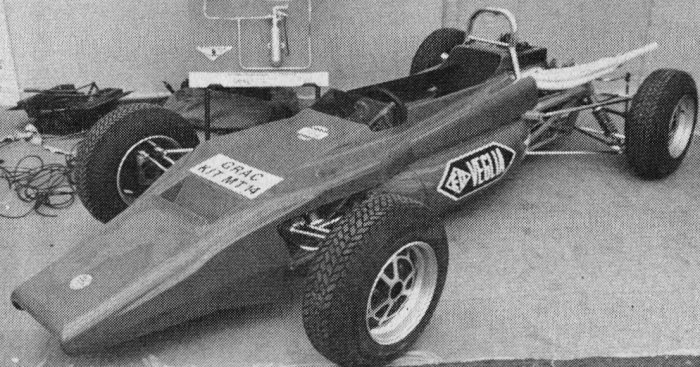Grac
First entering F3 in 1969 Grac (Groupe de Recherches Automobiles de Course) had previously constructed cars for Formule France from their headquarters in Valence. They met with some success winning the French championship in 1968 and 1969. Team owner and designer, Serge Asiomanoff then moved into F3 for a few years where he met with limited success. In the mid to late ’70s Grac built a number of cars for the European 2-litre Sports Car Championship and appeared to leave the single-seater market. The MT chassis designation used on all the Grac models was a tribute to Maurice Trintignant.
Today Serge Asiomanoff and Grac are still active but in in a different field, they manufacture specialised suspension systems for vehicles such as ambulances. (Thanks to Rene Verstappen for the information).
1964
A Ford-powered Grac raced sporadically in France, presumably a converted Formule France car.
1965
As in 1964 a couple of Ford-powered Gracs were occasionally seen in France, again probably converted Formule France cars.
1966
A Ford-powered Grac raced sporadically in France, presumably a converted Formule France car.
1967
As in 1964 a couple of Ford-powered Gracs were occasionally seen in France, again probably converted Formule France cars.
1969
There were two versions of the MT8, one with the distinctive wedge shaped bodywork and one with conventional body work which was called the MT8A. Front suspension was via wishbones whilst the rear used top links and twin radius rods. Springs and dampers were outboard front and rear.
Wheelbase: 78.7 ins.
Track: front 55 ins. rear 55 ins.
The MT8 proved a disaster and whilst the MT8A was better no results were achieved and Vidal gave up part way through the season.
1970
The MT11 used a spaceframe chassis with aluminium sheet panelling over the driver’s legs. There were twin rubber bag type fuel tanks in each sidepod.
The front suspension used a top link and trailing arm similar to the Chevron design with a wishbone at the bottom. Rear suspension was by top link with reversed bottom wishbone and twin radius rods. Springs and dampers were outboard front and rear. The uprights were Grac’s own magnesium castings. The wheels were twin segment disc-type wheels that were adjustable for rim width.
The car was sponsored by Veglia instruments and thus entered as a Veglia-Grac. Tragically Denis Dayan suffered a fatal accident in the car just as it was beginning to show well which bought an end to the project as well as Grac’s F3 involvement.s.
1973
The MT14 appeared in 1973 German F3 races were it raced with reasonable success with a best result of second in a weak field at Hockenheim. The MT14 was the 1971 Formule France chassis shown on the left, was the German car a converted Formule France model or something else? The MT14 designation was also used for the MT14B and MT14S which were sportscars so perhaps the German car had some other genesis.
Drivers
1964
Bernard Plaisance.
1965
Jean Faure, Alain Leguellec, Gilles Pequenot, Bernard Plaisance.
1966 Jean Faure, Jean Max.
1967 Alex Astruc, Jean Belin, Michel Moisset.
1968 Jimmy Mieusset .
1969
MT8
Jean Max.
MT8A
Philippe Vidal.
1970 MT11
Denis Dayan.
1973 MT14
Reinhard Pfändler.
1974 MT14
Giancarlo Commazzi.
